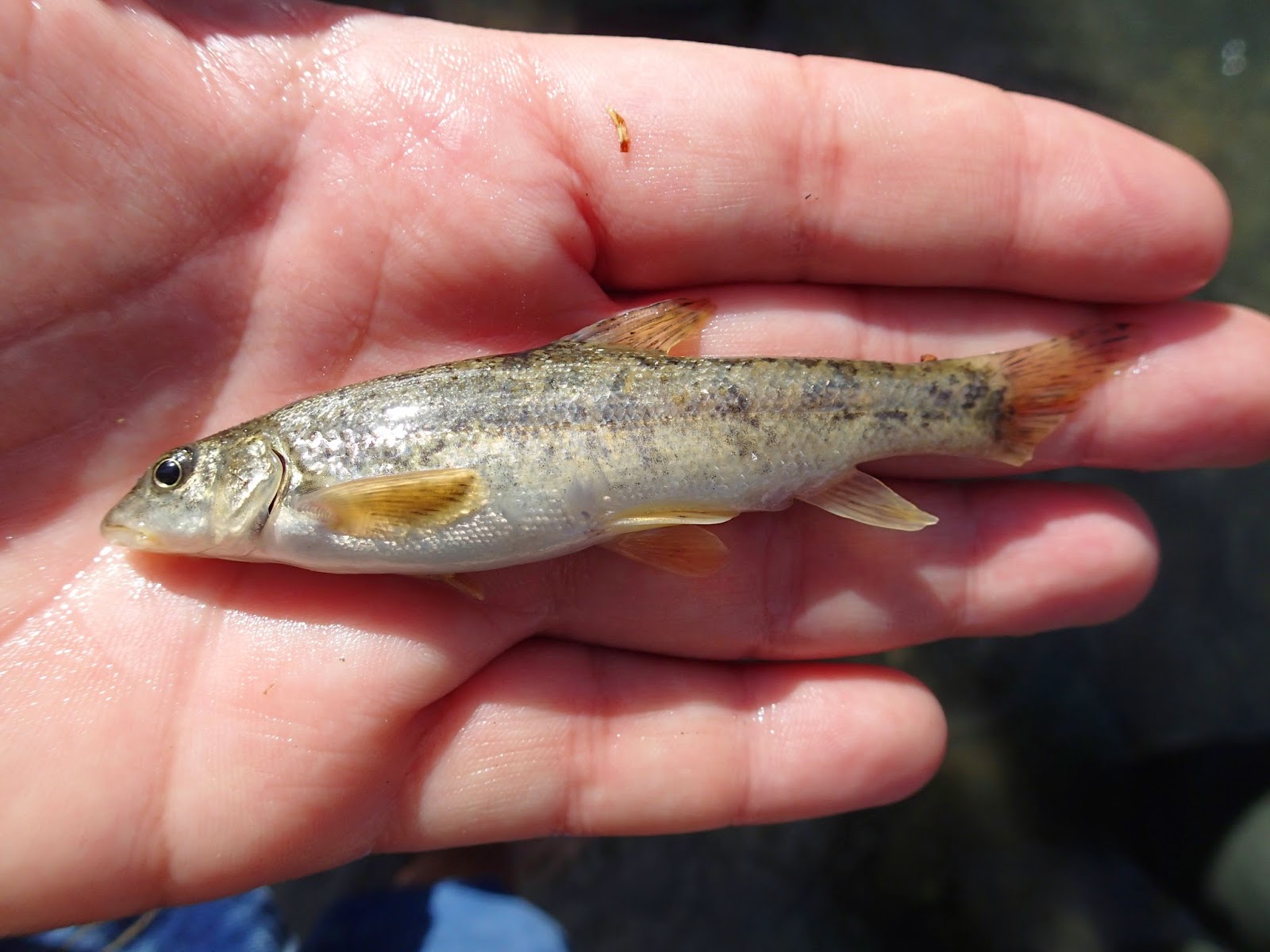 |
Yes this is in the center of Athens!!! A tiny trickle of water in the filled-in river bed of the Ilissos valley.
|
April 22 Athens City Center, Greece
Today I met with Philip Dragoumis an old friend and activist from the mid 1980s - from when I used to live in another part of Athens. He invited me to inspect a stretch of "open river valley" next to the Temple of Olympian Zeus. This is a trace stretch of Athens's legendary Ilissos River. We found water! No, I did not expect it....as everyone, I always thought the river was completely covered-up, totally filled-in, a sewer.
As with so many natural things in this mega-city, the Ilissos - an outstanding historic riverscape- vanished under the city, literally. Most of this small river's upper section is completely submerged underground - except for this tiny stretch. This section was also filled-in with rubble and debris but not covered up completely since it is right next to the support walls of the Temple of Olympian Zeus, and the Church of Agia Photini. The trickle of water we saw is run-off and seepage of the famous spring of Kallirhoe - a sacred and historic spot. This trickle covers only a few tens of meters of infilled streambed before it vanishes in the artificial rubble bed. Upstream the river runs under sports facilities - a huge athletic pool. Such incongruous developments in this historic site.
Next to Kallirhoe spring is a rocky bed-rock stretch where there was once a waterfall, cold-spring water and a riparian trees...this was clearly mentioned in the texts of ancient philosophers and writers there are gravure printings from a few centuries back depicting this glorious landmark.
Ilissos was considered sacred to the Ancients. Ilissos was a river deity, a demi-god, son of Poseidon and Demeter; and was worshiped in a sanctuary on Ardittos Hill next to the Olympic Stadium, just a few hundred meters upstream from Kallirhoe Spring. The springs are located across from the modern Agia Photini chuch. The classical writer, Pausanias, wrote that this was the spring with the only good drinking water in Ancient Athens. Across from the spring was a sanctuary to Pan - the deity of wild nature. This sanctuary was right behind the modern church of Agia Photini. In fact, there is a carved rock at the spot. And the relief figure of Pan is carved on the rock- if someone shows you the precise spot where the ancient's carved the rock you can see it. Its hard to make out- but I saw it clearly as Philip's friend Iosif Effraimidis interpreted the site for us. In ancient times, the banks of the river in this area were dotted with shrines to these super-natural beings. Plato writes of this place...there were Oriental Plane trees and willows...Socrates and Phaedrus would come here on their philosophical walks - just outside of the ancient city's walls.
Today this small stretch is totally neglected. Overgrown with a lot of alien plants (but there are many natives too - plane, chaste, oleander, myrtle, laurel, various mints on humid riparia etc.). However, today the site is a no-man's land for residents and visitors - it has a bad reputation at night. Trash everywhere.
What is totally mind-blowing is why no one has until recently seriously planned for this short river stretches' restoration. Although it is a very short open valley section- it is worth working on a plan. And managing this small stream area as a iconic natural and cultural landmark where ancient Athens and a flowing trickling stream meet the modern City. I think it is possible to implement a restoration project here.
I thank Iosif Effraimidis and Philip Dragoumis for guiding us today and sharing their knowledge (which I reproduce here).
 |
| Otho's Bridge - under the city streets. |
 |
| Sadly this is a notorious place during the night. It is filthy with trash of all kinds - but mostly the erotic kind... |
 |
| Otho's Bridge with Philip. (Otto was Modern Greece's first King). |
 |
| The site of the legendary Kallirhoe spring. The water runs perennially here! One of antiquities' most notable landmark natural features is totally unknown today- even to most Athenian naturalists! |
 |
| A short uncovered section of the Ilissos river valley. Still idyllic-looking even from a cheep mobile phone photo. The river has been in-filled at least 1.5 meters deep. |
 |
| Agia Photini Church with the priest's brand-new car. The church as built in 1872 when the neighborhood needed a main parish church. It was damaged by a huge river flood in November 1896. |
 |
| Locals meet up with activists Philip and Iosif to discuss restoration plans. |
 |
| Iosif (at center) discusses archaeology, history, conservation, restoration. All possible! |
 |
| Iosif showed us Pan's relief carved on this rock next to the road - the rock was saved "last-minute" by the Archaeological Service during road-building works. |
 |
| The location of the tiny stretch of river in Athens "Ilissos River Valley". From: http://www.greeceathensaegeaninfo.com/h-athens/ancient/ilissos-river-valley.htm |





















































